Algorithmic art: Manfred Mohr talks remix, revolution and fixing radios
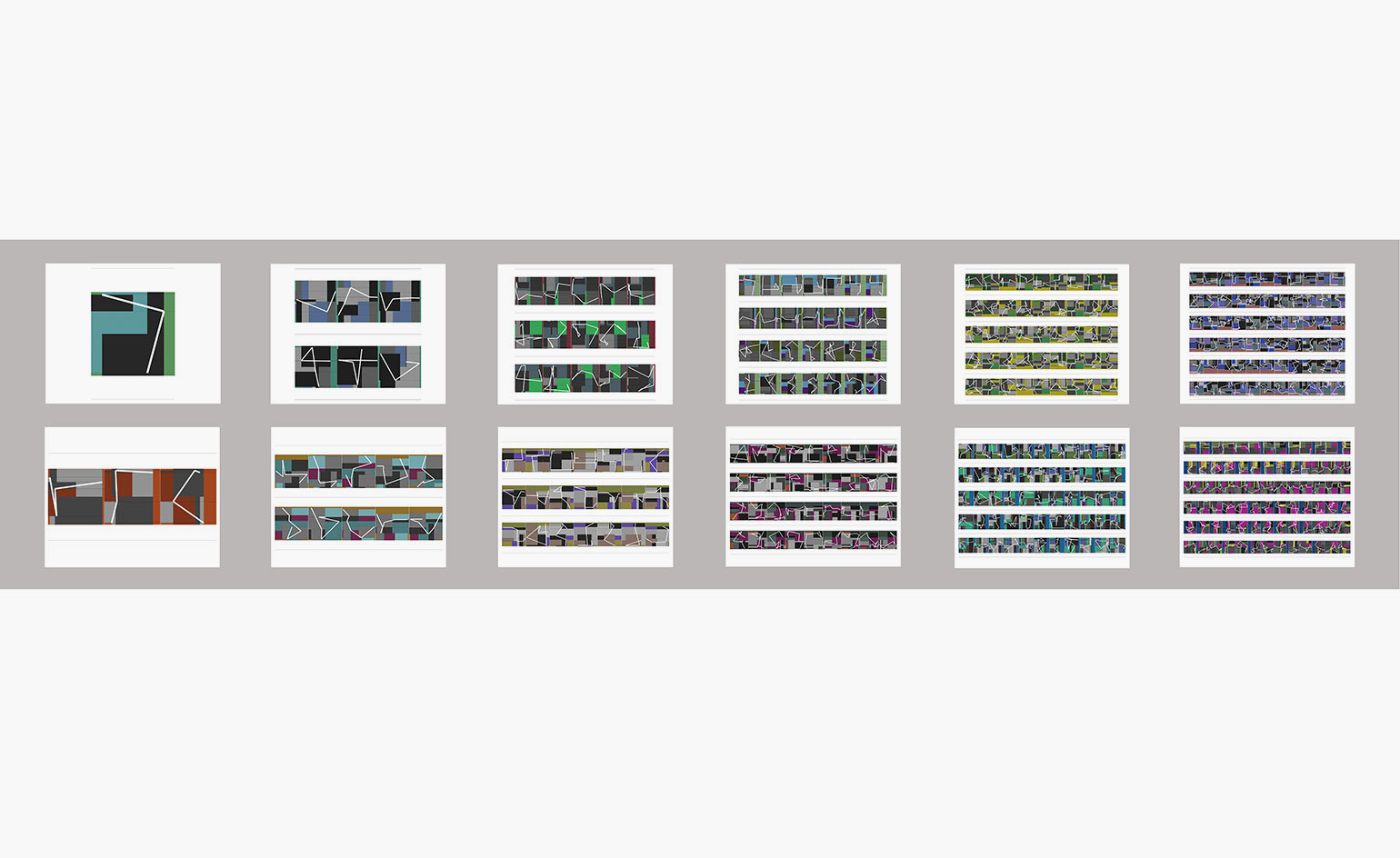
Elly Parsons
‘The idea to create art from algorithms is the center point of my work – that a non-visual logic will create a visual entity is what is so exciting about this process,’ explains New York-based artist, Manfred Mohr, whose work is on display in 'Artificiata II', from next week at Carroll / Fletcher in London.
Known as ‘the godfather of digital art’, Mohr began his career as a painter, going digital in the late 1960s. This shift stemmed from his childhood hobby of back-yard engineering (‘building radios and amplifiers’) alongside a pre-existing fascination with notation. Mohr found his art ‘slowly transforming from abstract expressionism to computer generated geometry’.
When Mohr was first exploring algorithms, his contemporaries were shunning the computer as pro-capitalist paraphernalia. The international student protests of 1968 ‘produced an aggressive hate for computers, which the students called bourgeois and military machines’. Mohr was physically and verbally attacked in Paris because of his preference for the medium, and one of his works (displayed in the historic Salon de Mai) was destroyed by activists.
Despite the social stigma, and the distinct lack of available computers to learn on, Mohr found a way to experiment with every dimension of digital art – even if this meant ‘fearlessly and courageously walking into the Meteorology Institute in Paris to ask for access to their machines’. He was also propelled by digital-music pioneer Pierre Barbaud, whom he first met in 1967. The freeform, jazzy notes remain in Mohr’s work to this day.
Once Mohr had gone digital, he never went back. ‘I experimented, in 1971, with a light pen to digitise a circuit board and in 1974 I modified a plotter to make etchings by tracing with a sharp steel needle on treated copper plates.
'In 1972–75, I made experimental computer movies using a microfilm camera, which had been developed just a few years before. I built, in 1967, electronic sound installations and in 1990, I used a computer-based laser to cut large reliefs out of metal plates,’
In 2002, unfulfilled by the limitations of existing programming, Mohr built his own PCs to run animations of his work, in one of his most resourceful acts of innovation. Sometimes out of necessity, and whether working with technology or not, ‘the artist always has to find or invent his own tools’.
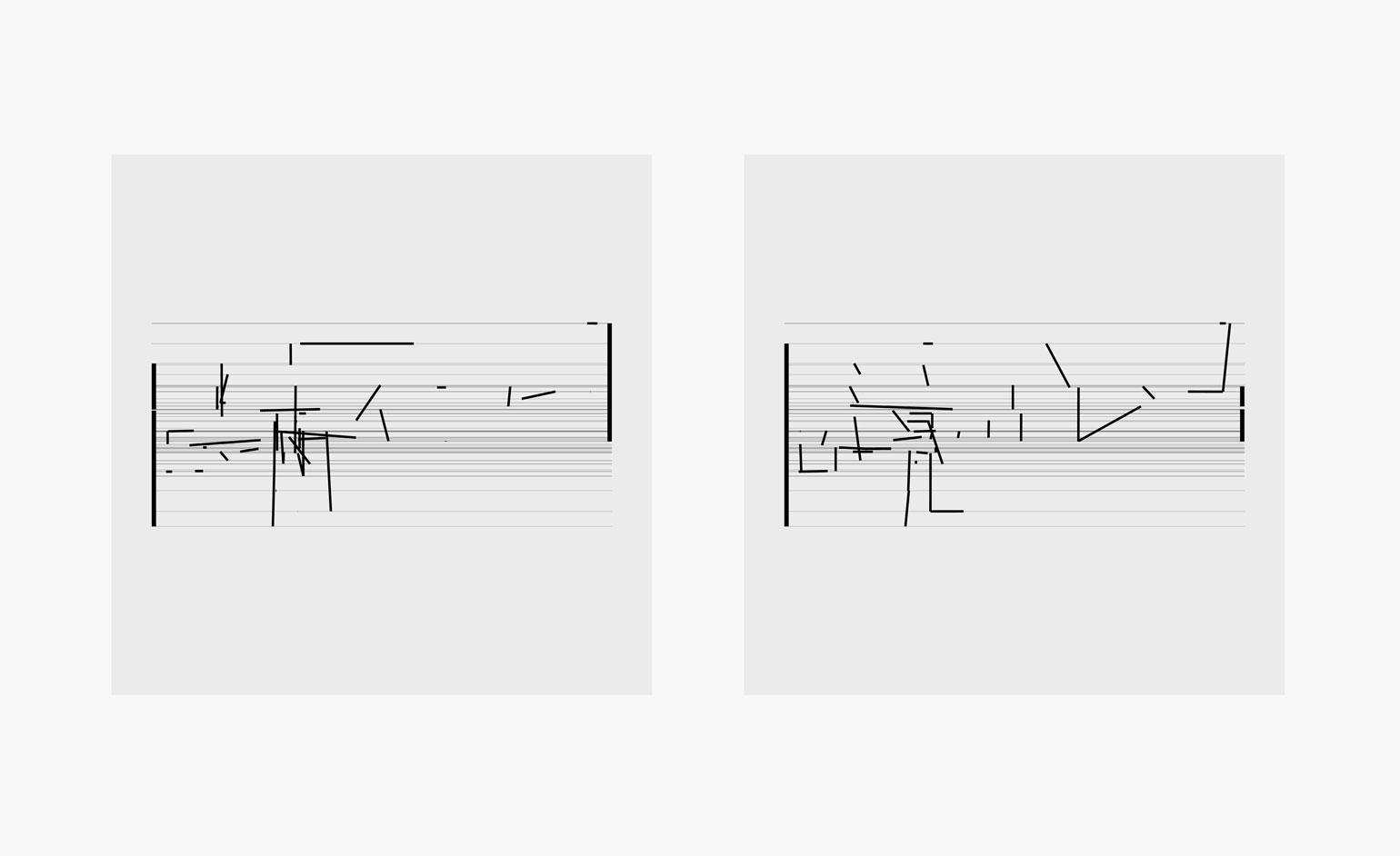
Mohr began his career as an abstract, impressionist painter; he turned to computerised media in the late 1960s. Pictured: P1682_1866, Pigment ink on paper, 2014–15
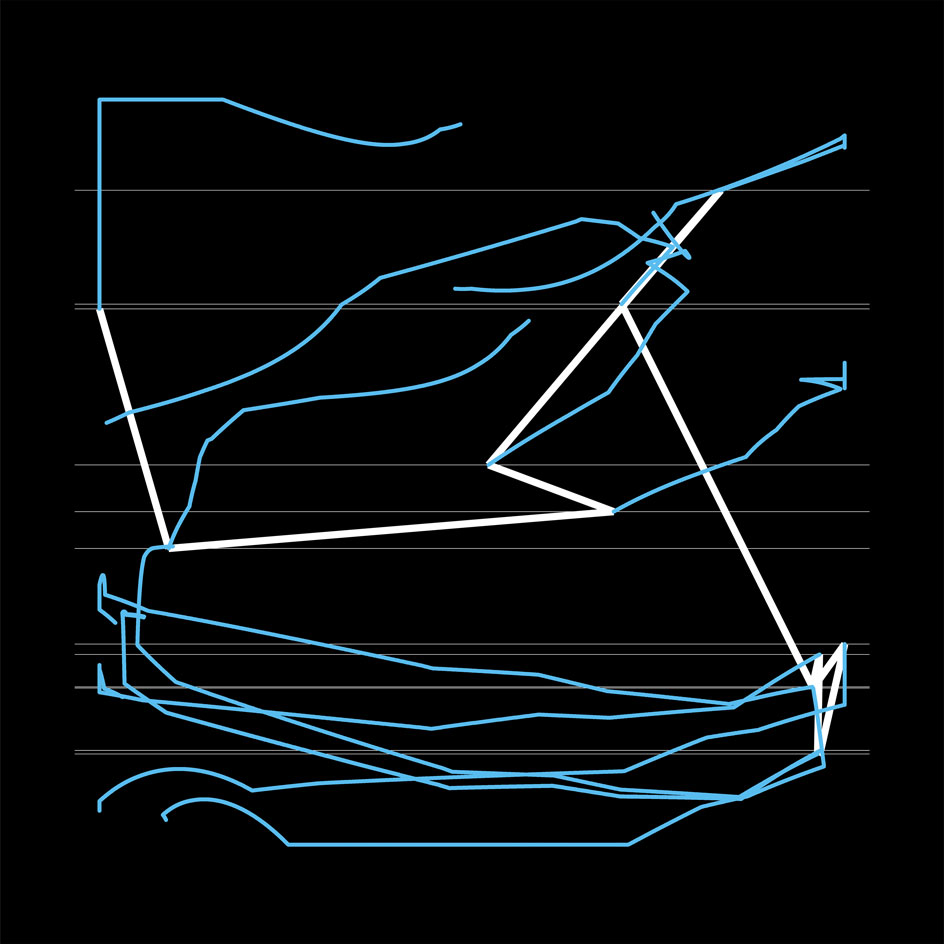
Since then, he has utilised computerised algorithms to create geometric shapes and forms in his work. Pictured: P2202_3260, Pigment ink on paper, 2014–15
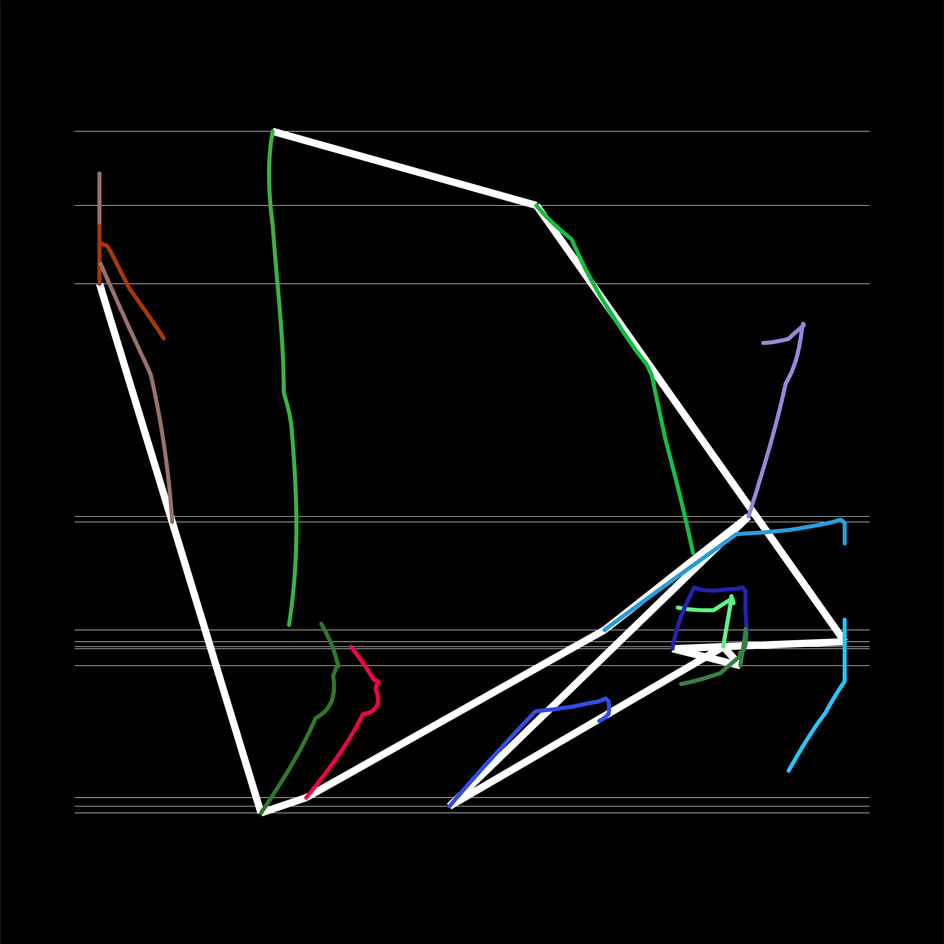
Mohr was inspired and encouraged by French digital-music pioneer Pierre Barbaud; freeform, jazzy undertones mark his practice to this day. Pictured: P2200_3099, Pigment ink on paper, 2014–15
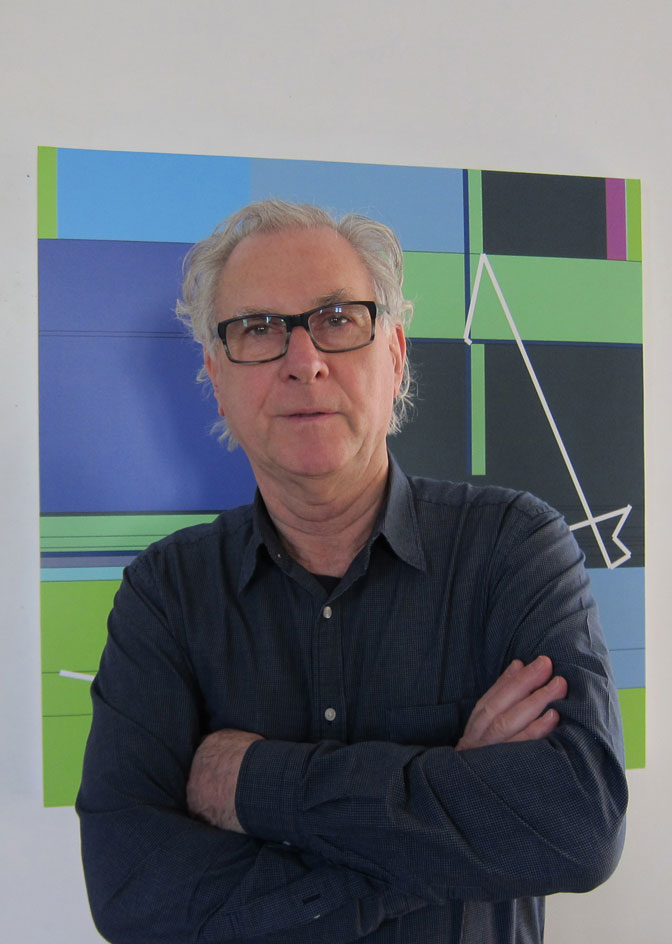
Manfred Mohr in 2015. Courtesy Carroll / Fletcher
INFORMATION
'Artificiata II' is on view from 12 February – 2 April 2016. For more information, visit Carroll / Fletcher's website
Courtesy the artist and Carroll / Fletcher
ADDRESS
Carroll / Fletcher
56 - 57 Eastcastle Street
London, W1W 8EQ
Wallpaper* Newsletter
Receive our daily digest of inspiration, escapism and design stories from around the world direct to your inbox.
-
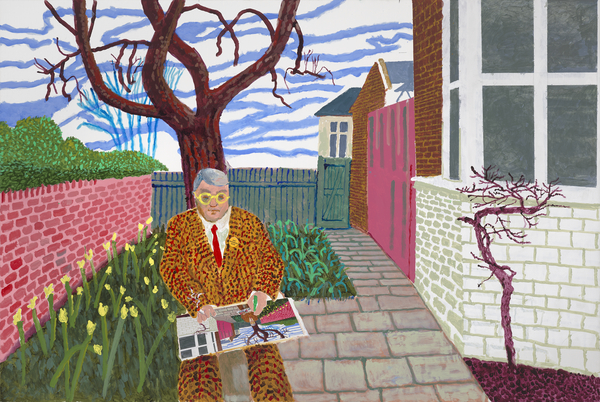 ‘David Hockney 25’: inside the artist’s blockbuster Paris show
‘David Hockney 25’: inside the artist’s blockbuster Paris show‘David Hockney 25’ opens 9 April at Fondation Louis Vuitton in Paris. Wallpaper’s Hannah Silver soaked up the resolute, colourful homage to the brilliant relentlessness of life
By Hannah Silver Published
-
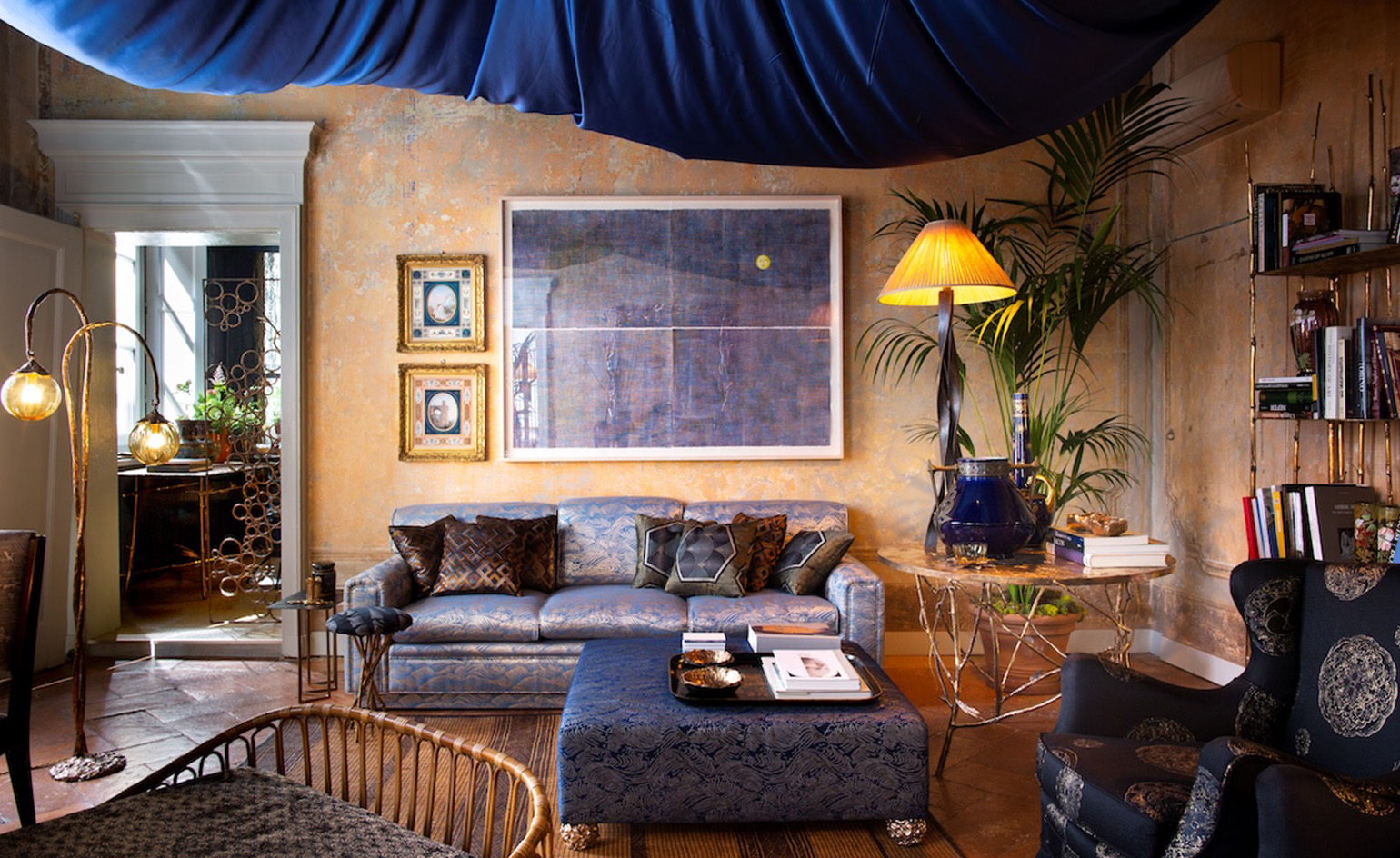 How a 17th-century Japanese archive inspired Dimorestudio’s lustrous new textile collection
How a 17th-century Japanese archive inspired Dimorestudio’s lustrous new textile collection'It’s a meeting point of past and present, East and West,' says 12th-generation fabric maker, Masataka Hosoo.
By Danielle Demetriou Published
-
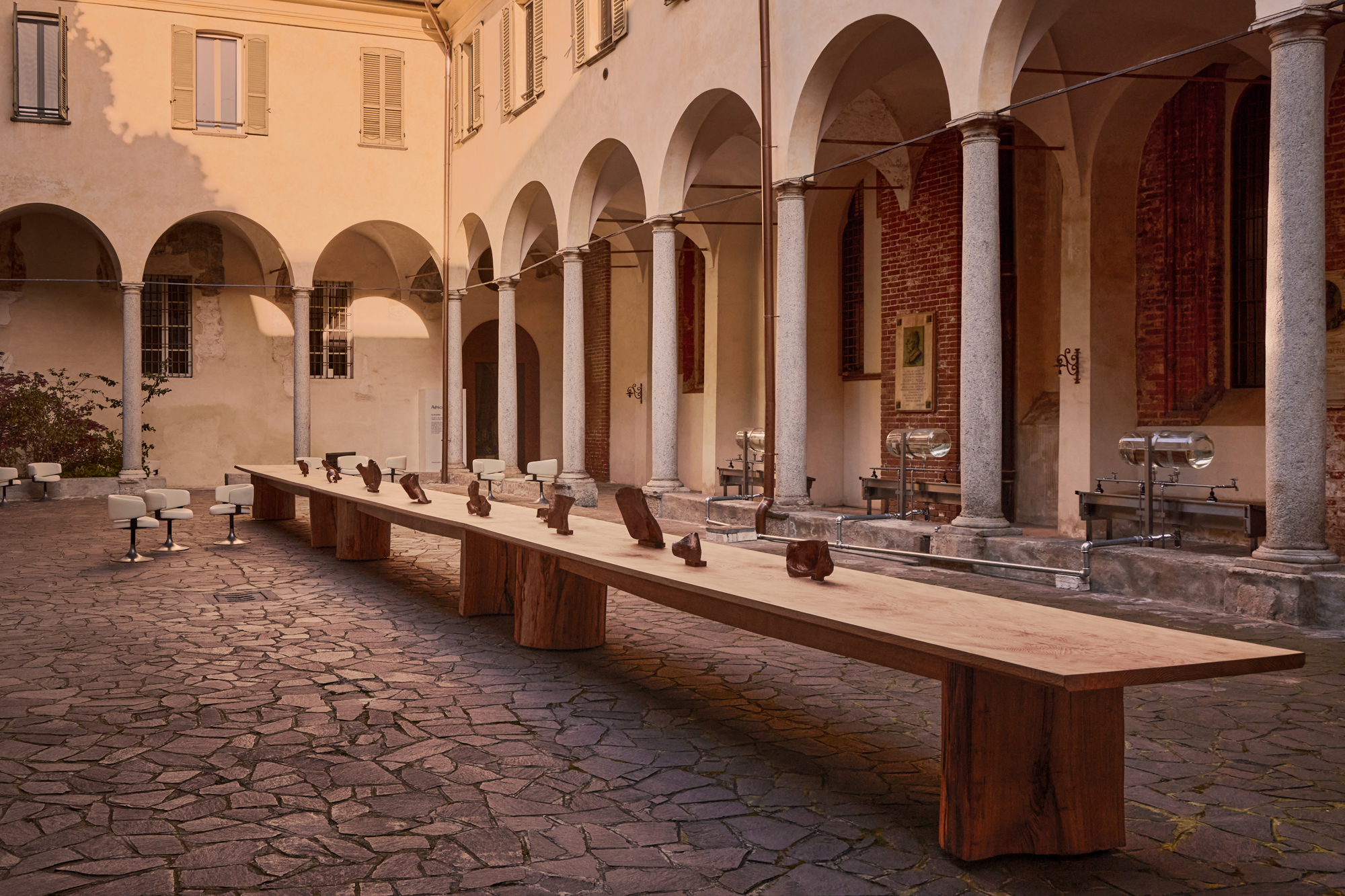 Aesop’s ‘The Second Skin’ is a sensory sanctuary during Salone del Mobile 2025
Aesop’s ‘The Second Skin’ is a sensory sanctuary during Salone del Mobile 2025Aesop unveils ‘The Second Skin’ in Milan, a multisensory ‘exploration of dermis and design’ that marks the arrival of the brand’s Eleos Aromatique body cleanser and lotion
By Scarlett Conlon Published
-
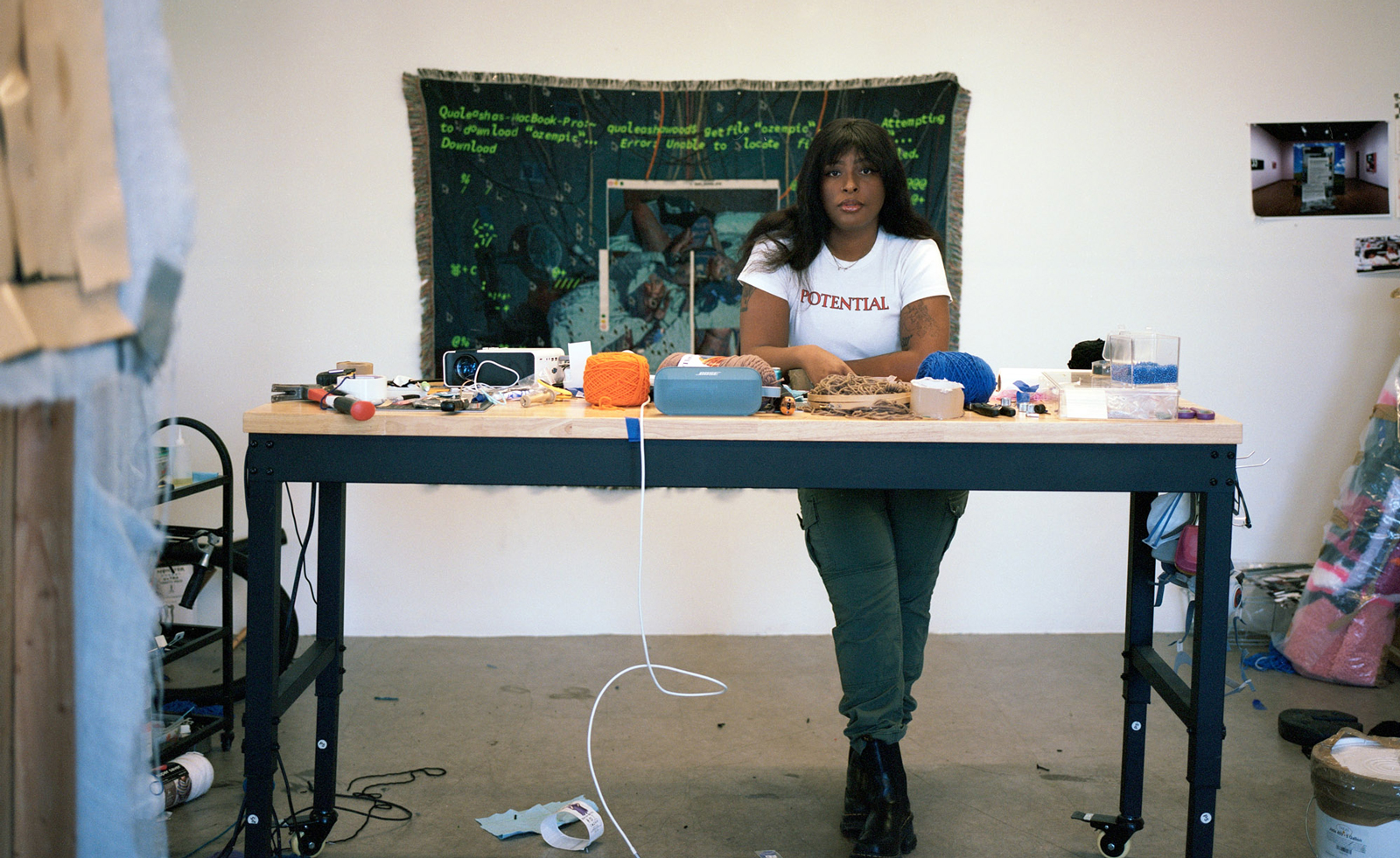 Artist Qualeasha Wood explores the digital glitch to weave stories of the Black female experience
Artist Qualeasha Wood explores the digital glitch to weave stories of the Black female experienceIn ‘Malware’, her new London exhibition at Pippy Houldsworth Gallery, the American artist’s tapestries, tuftings and videos delve into the world of internet malfunction
By Hannah Silver Published
-
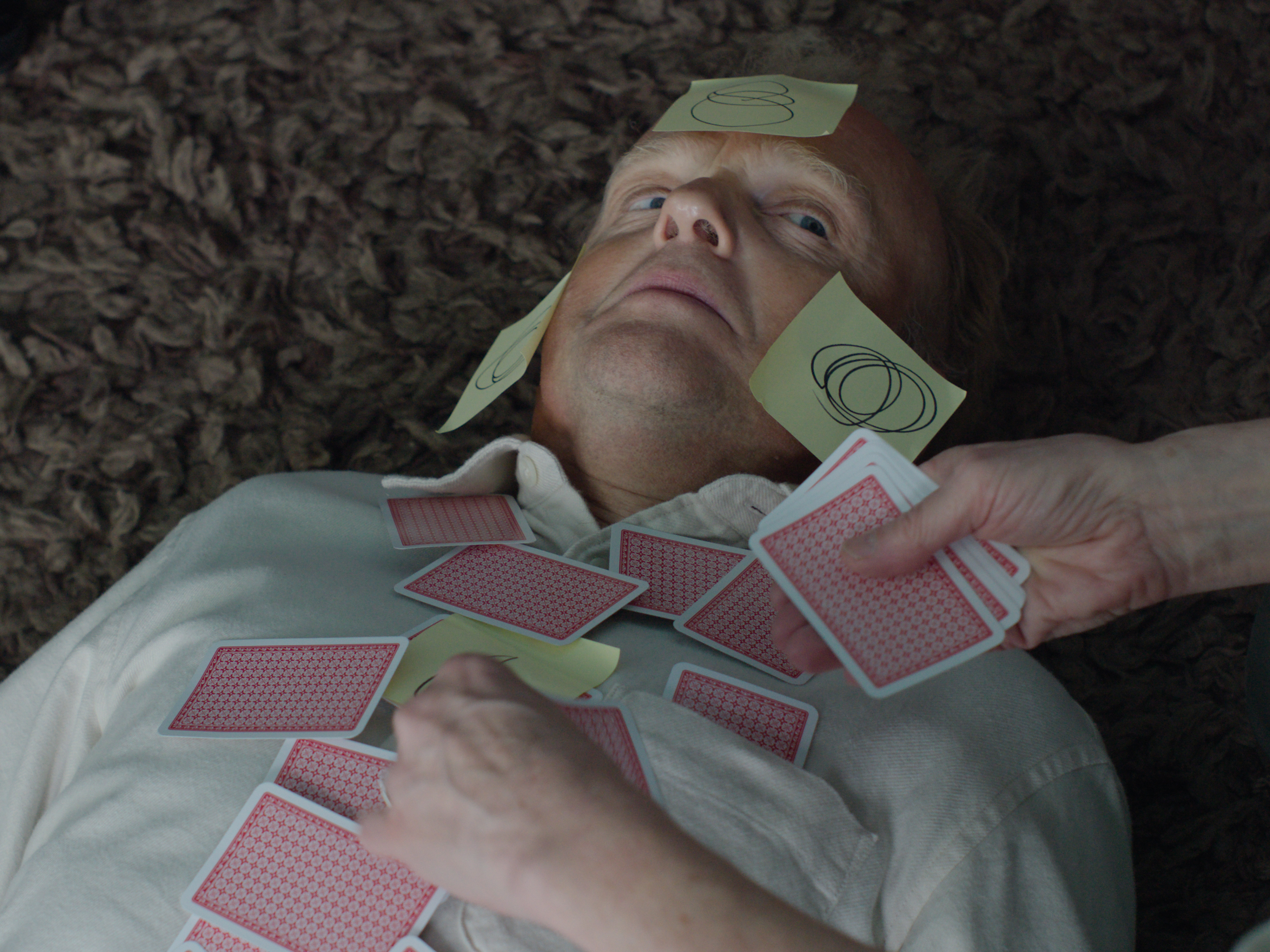 Ed Atkins confronts death at Tate Britain
Ed Atkins confronts death at Tate BritainIn his new London exhibition, the artist prods at the limits of existence through digital and physical works, including a film starring Toby Jones
By Emily Steer Published
-
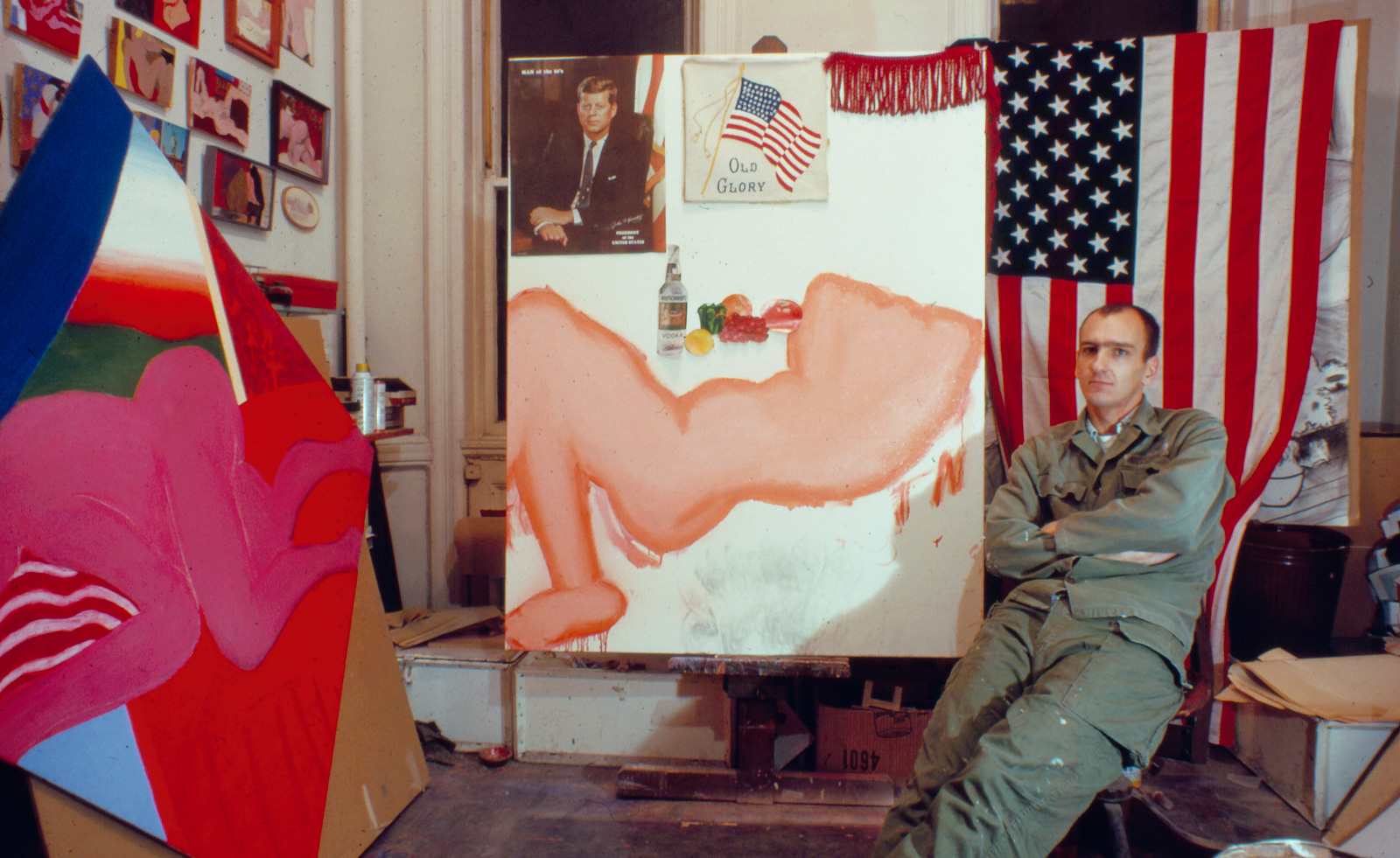 Tom Wesselmann’s 'Up Close' and the anatomy of desire
Tom Wesselmann’s 'Up Close' and the anatomy of desireIn a new exhibition currently on show at Almine Rech in London, Tom Wesselmann challenges the limits of figurative painting
By Sam Moore Published
-
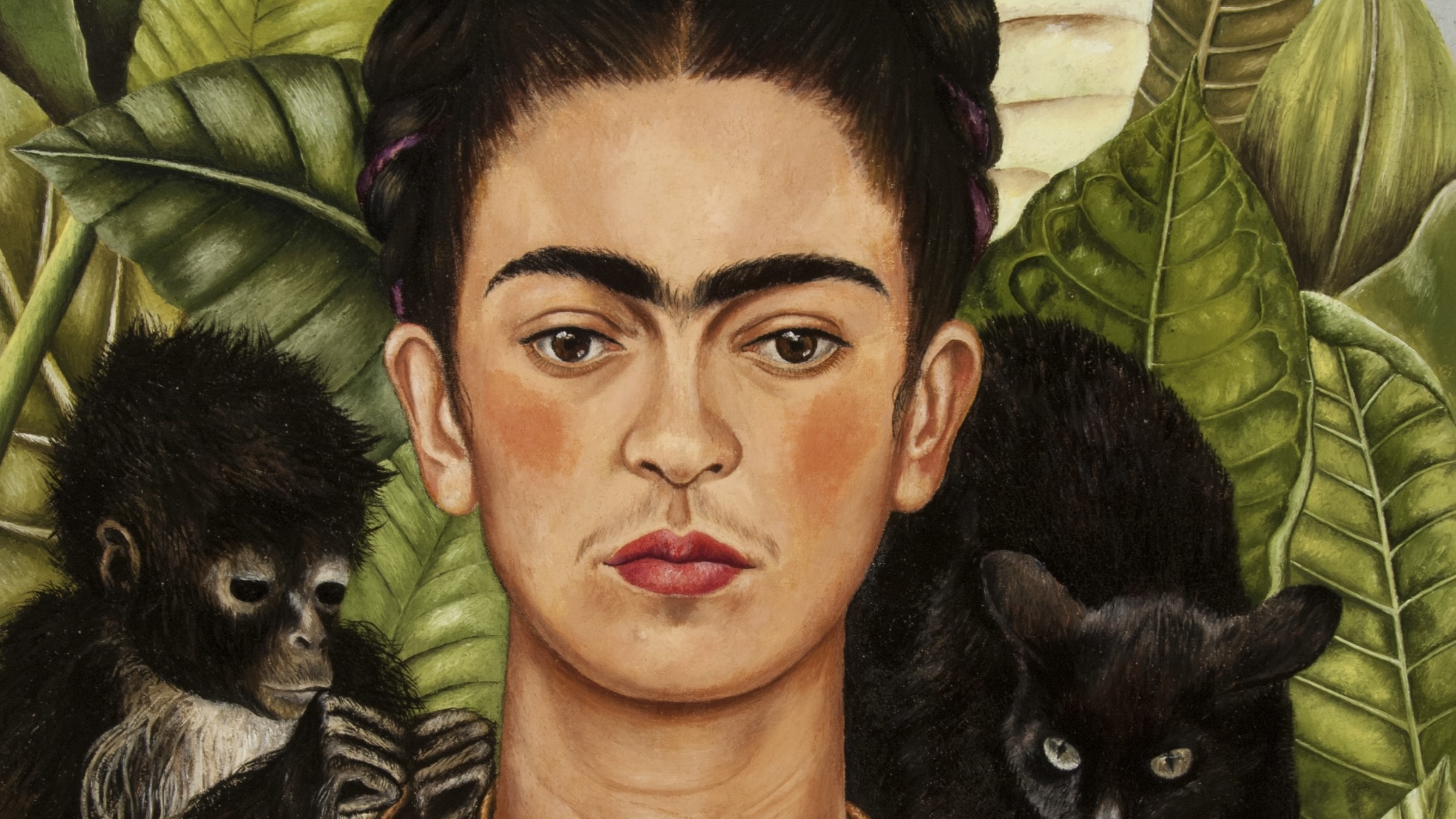 A major Frida Kahlo exhibition is coming to the Tate Modern next year
A major Frida Kahlo exhibition is coming to the Tate Modern next yearTate’s 2026 programme includes 'Frida: The Making of an Icon', which will trace the professional and personal life of countercultural figurehead Frida Kahlo
By Anna Solomon Published
-
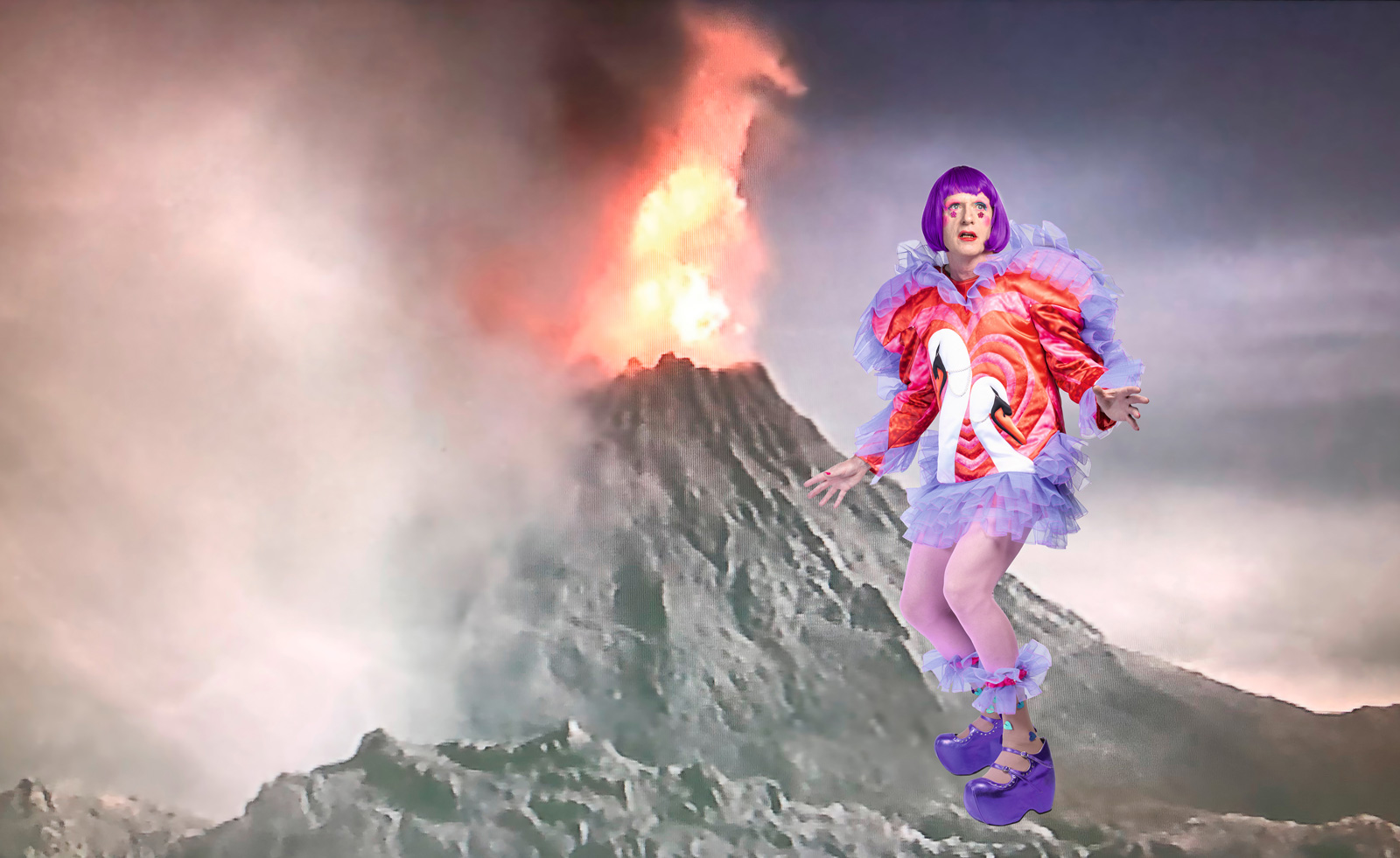 A portrait of the artist: Sotheby’s puts Grayson Perry in the spotlight
A portrait of the artist: Sotheby’s puts Grayson Perry in the spotlightFor more than a decade, photographer Richard Ansett has made Grayson Perry his muse. Now Sotheby’s is staging a selling exhibition of their work
By Hannah Silver Published
-
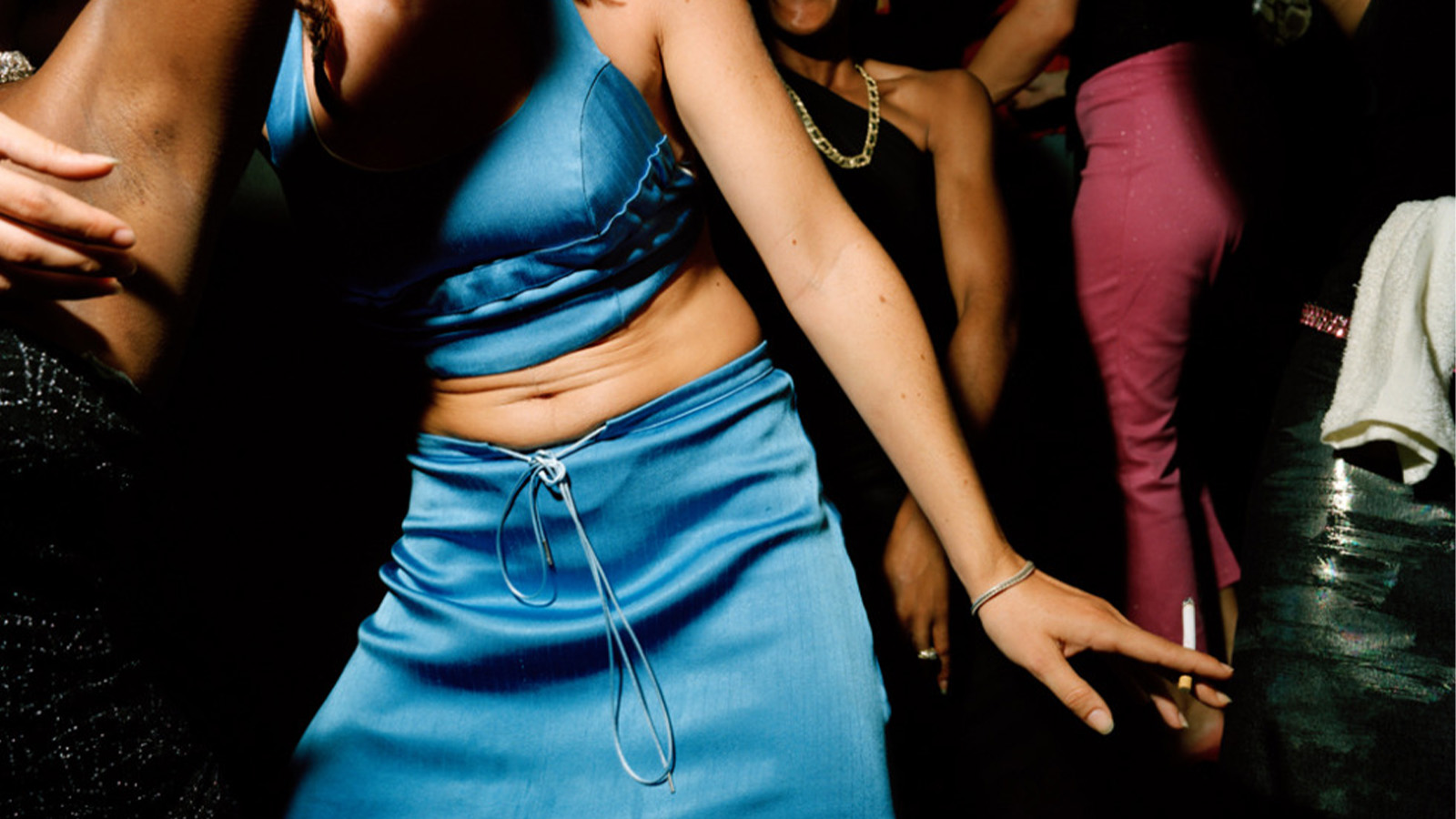 From counter-culture to Northern Soul, these photos chart an intimate history of working-class Britain
From counter-culture to Northern Soul, these photos chart an intimate history of working-class Britain‘After the End of History: British Working Class Photography 1989 – 2024’ is at Edinburgh gallery Stills
By Tianna Williams Published
-
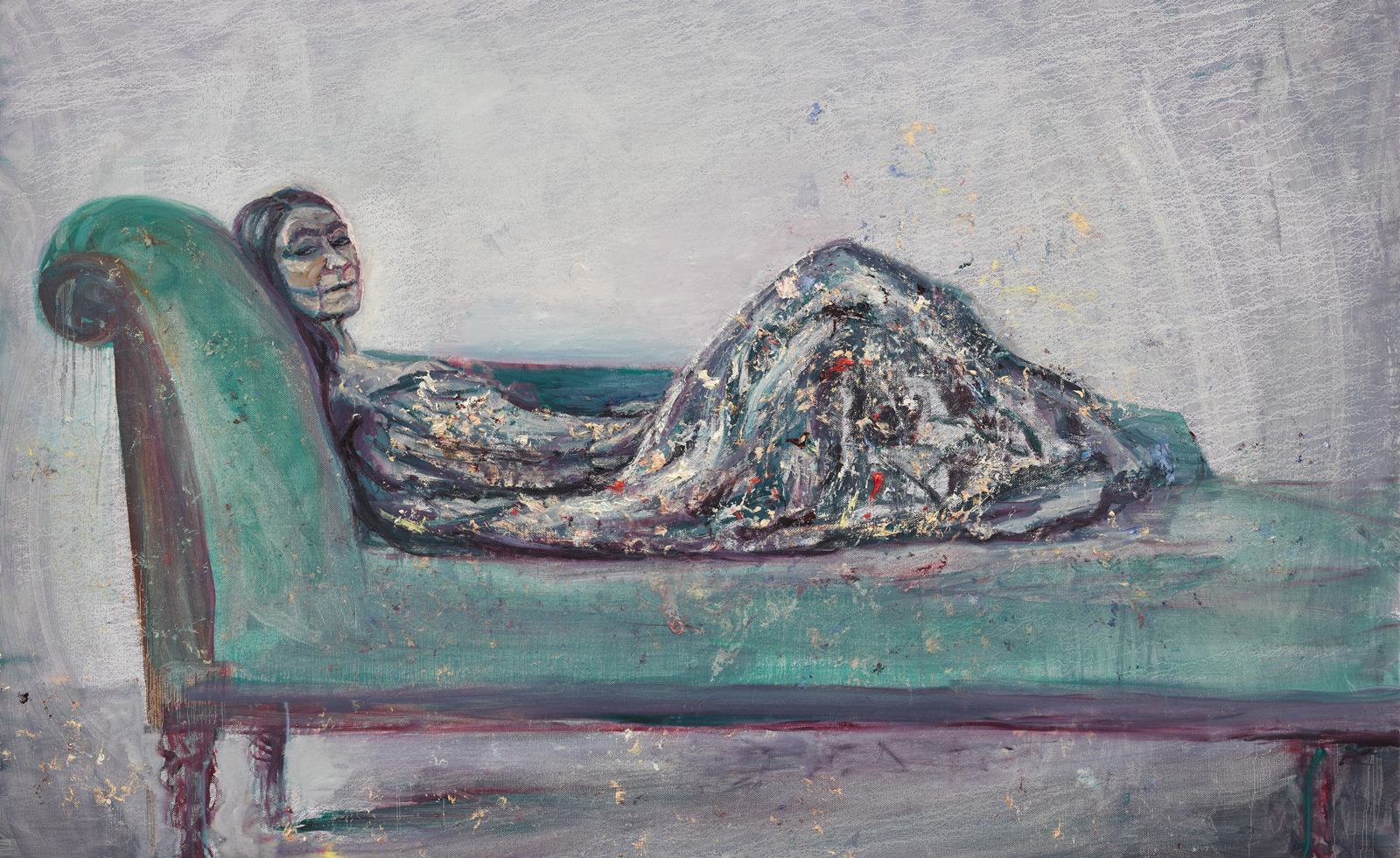 Celia Paul's colony of ghostly apparitions haunts Victoria Miro
Celia Paul's colony of ghostly apparitions haunts Victoria MiroEerie and elegiac new London exhibition ‘Celia Paul: Colony of Ghosts’ is on show at Victoria Miro until 17 April
By Hannah Hutchings-Georgiou Published
-
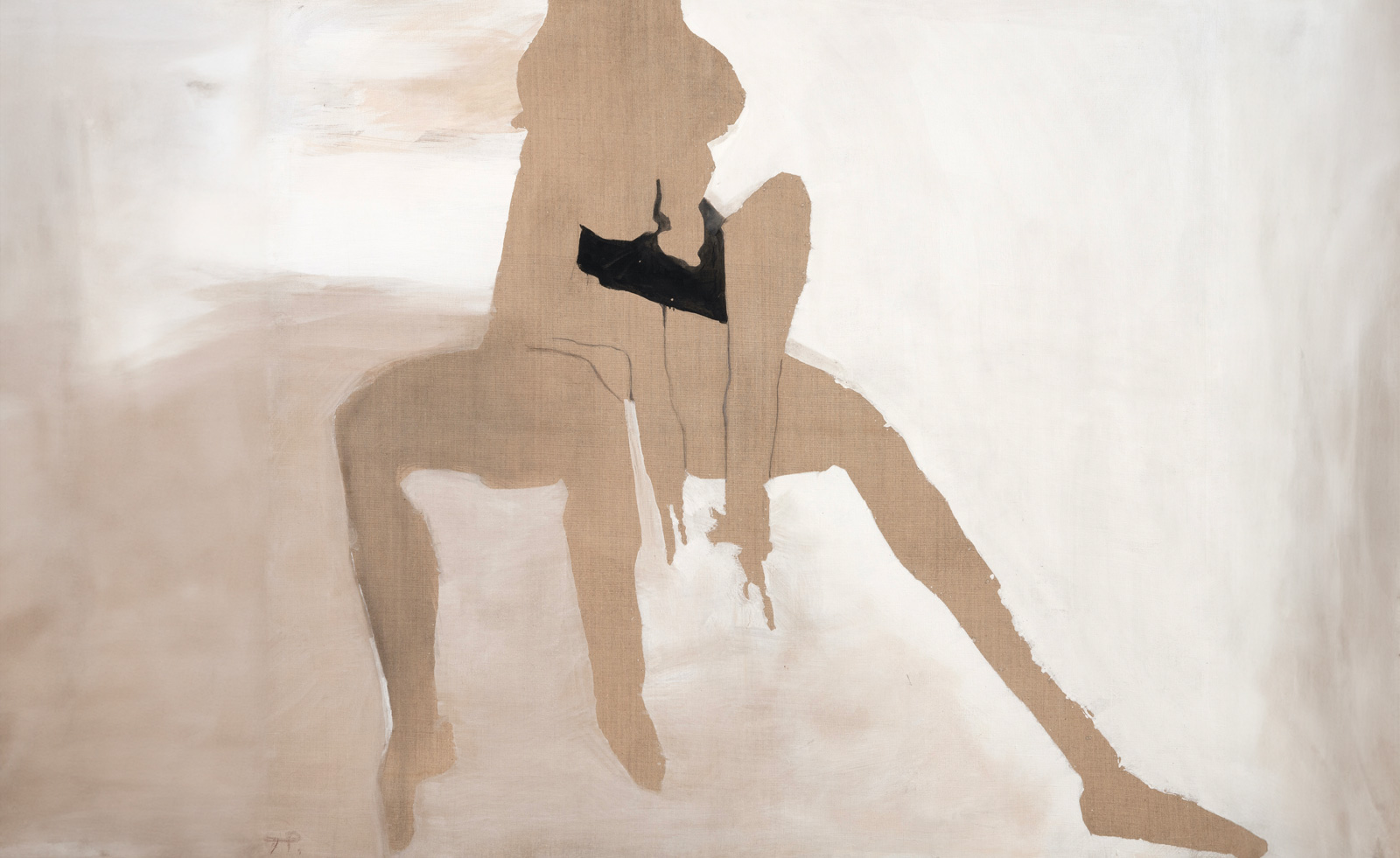 Teresa Pągowska's dreamy interpretations of the female form are in London for the first time
Teresa Pągowska's dreamy interpretations of the female form are in London for the first time‘Shadow Self’ in Thaddaeus Ropac’s 18th-century townhouse gallery in London, presents the first UK solo exhibition of Pągowska’s work
By Sofia Hallström Published